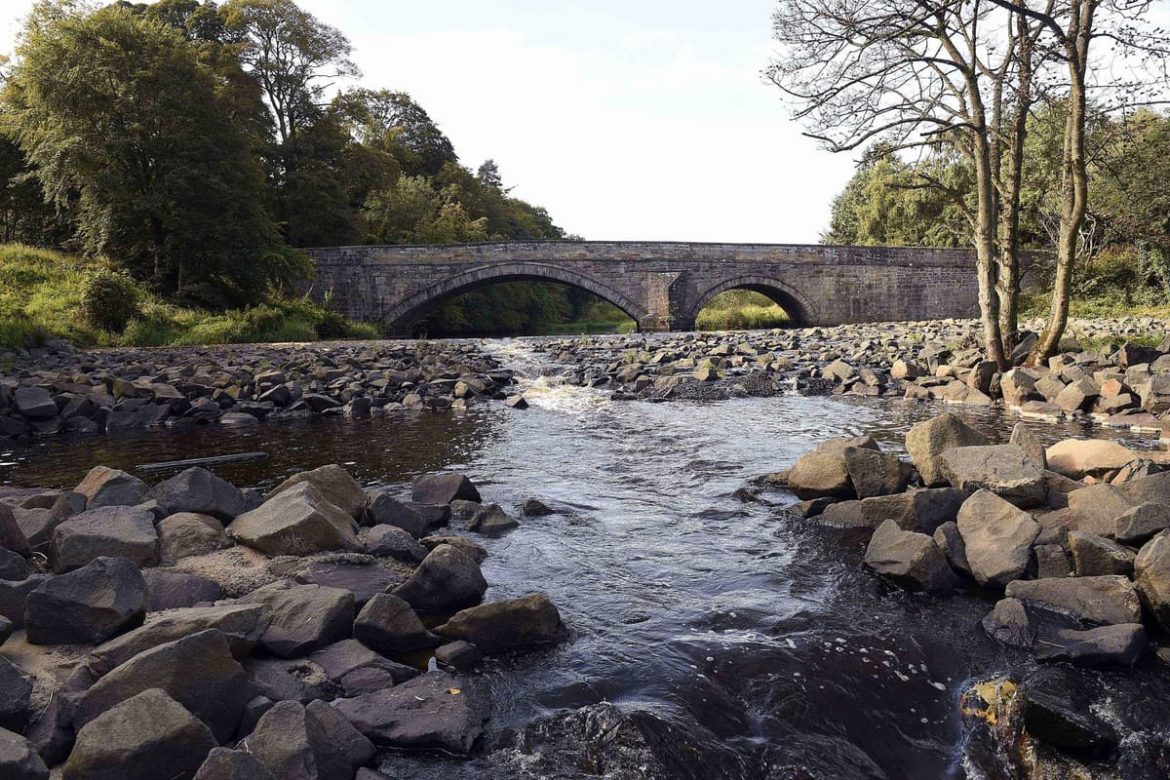An environment watchdog has found that Sewage pollution of Scotland’s rivers and beaches is far more widespread than realised because ministers have failed to take the problem seriously.
The watchdog, known as Environmental Standards Scotland (ESS) said that there were thousands of sewage overflow incidents last year, and that nearly half of the country’s storm overflows released sewage more than 50 times.
Of those, a third released sewage at least 100 times, and four sites more than 500 times. Few of these incidents were publicly disclosed; most failed to be justified as exceptional.
“It is clear that some sites spill much more frequently than should be expected”,” the agency said, with human health and the environment put at risk. Unlike in England, where nearly all outflows are monitored, only 8% of Scotland’s are checked.
Alex Cole-Hamilton, the Scottish Liberal Democrat leader, said these findings “made grim reading” and raised serious questions about the competence of Scottish Water, which is publicly owned, and the Scottish Environment Protection Agency (Sepa), which regulates water quality.
Read also: Sanusi seeks adoption of renewable energy to combat climate change
ESS said Scotland’s rules were too vague, and also out of step with best practice in Europe. Scotland’s regulations date back to 1994 and had not been revised since 1998 – the year before the Scottish parliament was set up.
If Holyrood wanted to keep pace with the EU’s rules, which were updated in April this year, it needed to introduce new, tougher regulations, ESS added.
Mark Roberts, the agency’s chief executive, said ministers also had to publish clear rules on the exceptional circumstances which would allow overflows. Scottish Water and Sepa had to improve their data and monitoring, and have been given six months to respond.
“Despite high levels of public concern, there is a lack of transparent information about the operation and impact of storm overflows in Scotland,” he said.
Story was adapted from the Guardian.
